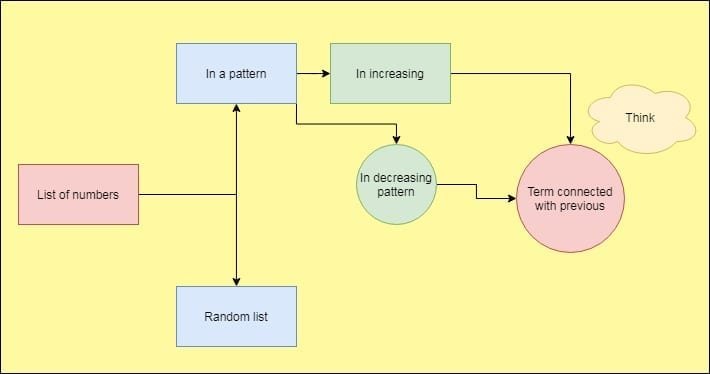The question is based upon sequence and finding the relation between consecutive terms of a series with its next or previous term if the expression of its nth term is given.
Let \(a_n = \frac{{10^{n+1}+1}}{10^n +1}\), for \(n=1,2,3......\) . Then
(A) for every \(n, a_n \geq a_{n+1} ;\)
(B) for every \(n, a_n \leq a_{n+1} ;\)
(C) there is an integer k such that \(a_{n+k}=a_n\) for all n.
(D) None of the above.
I.S.I. Entrance B. stat. 2003, Objective, Problem 1
Sequence and series
6 out of 10
Secrets in mathematics.

we can put value of n , as it is equal to list of given natural numbers. n=1,2,3,4,......... and verify the result with the option.
We can see weather the series is converging or diverging to a value, means is there any pattern of the next term with the previous term in the sense of ratio of the two terms.
Also to generalize everything we can put n+1 in place of n in the expression \(a_n = \frac{{10^{n+1}+1}}{10^n +1}\) and then we can divide the \(a_{n+1}\) by \(a_{n}\) to get the required comparison ratio.